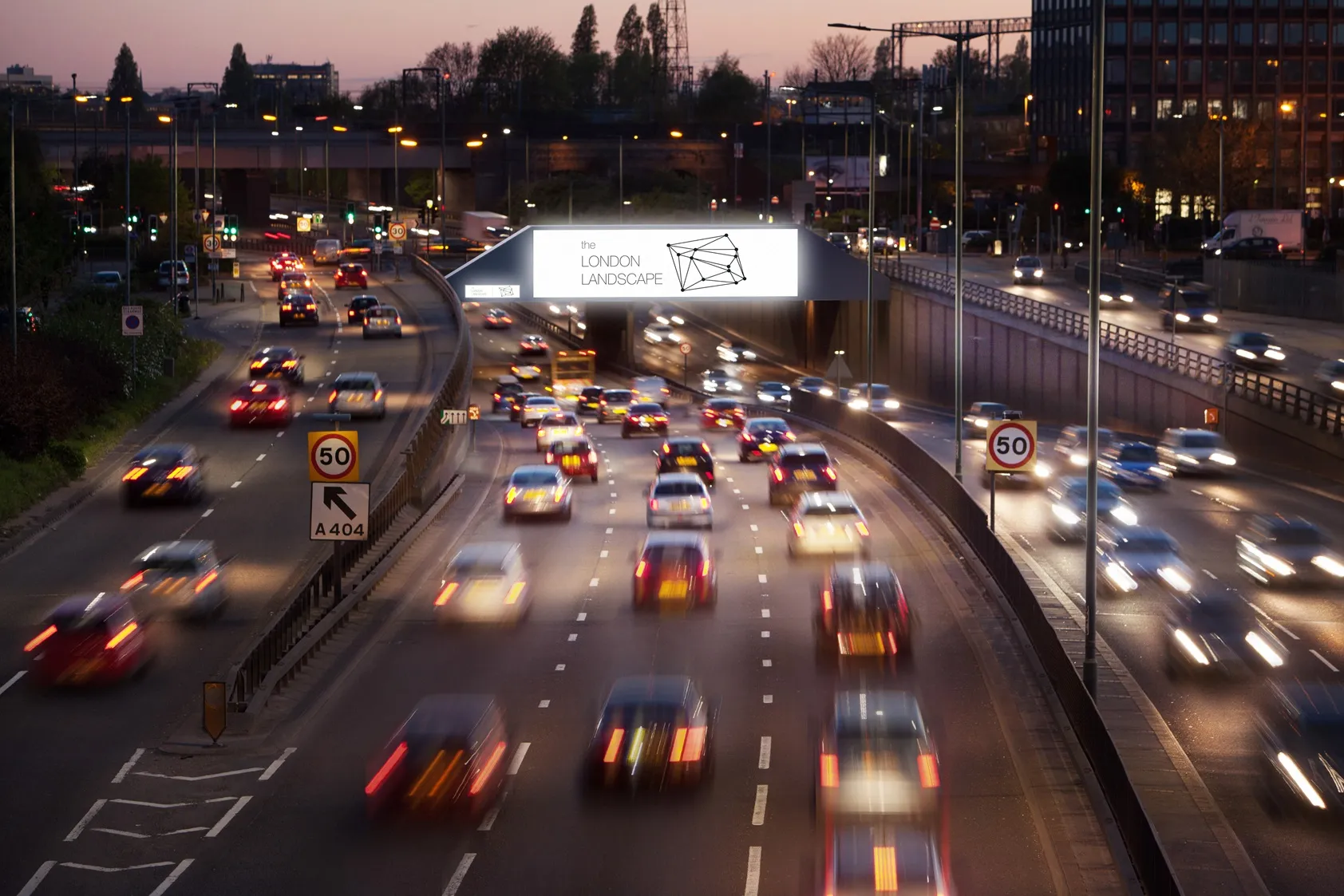A full scale major incident emergency exercise has been carried out in the UK’s brand new Hindhead Tunnel on the A3 in Surrey. Located just to the south of London, the A3 route carries heavy traffic volumes and the existing road link has been a major bottleneck for capacity as well as proving a safety risk for the area. The new tunnel, due to open soon will relieve traffic jams in the area and boost capacity.
April 20, 2012
Read time: 2 mins
RSSA full scale major incident emergency exercise has been carried out in the UK’s brand new Hindhead Tunnel on the A3 in Surrey. Located just to the south of London, the A3 route carries heavy traffic volumes and the existing road link has been a major bottleneck for capacity as well as proving a safety risk for the area. The new tunnel, due to open soon will relieve traffic jams in the area and boost capacity. However the link has also been designed with the latest safety technology and to meet the tough new European regulations on tunnel safety, introduced in the wake of two disastrous tunnel fires that caused multiple fatalities in Switzerland and Austria. At the 1.9km Hindhead Tunnel emergency crews from ambulance, fire and police services tested response times for a major incident. The staged scenario involved 16 mock casualties from two separate vehicle crashes and a serious fire underground. The emergency exercise involved 280 people and following the staged incident, car drivers, played by actors, began to walk outside to safety. Statistics suggest that a major incident can be expected in the A3 tunnel on average once every seven years, and a minor incident will lead to a tunnel closure every three years. The tunnel is due to open to traffic shortly. The link will carry some 30,000 vehicles/day and keep traffic away from the Devil's Punchbowl, a heathland site which is a special protection area for wild birds conservation.








